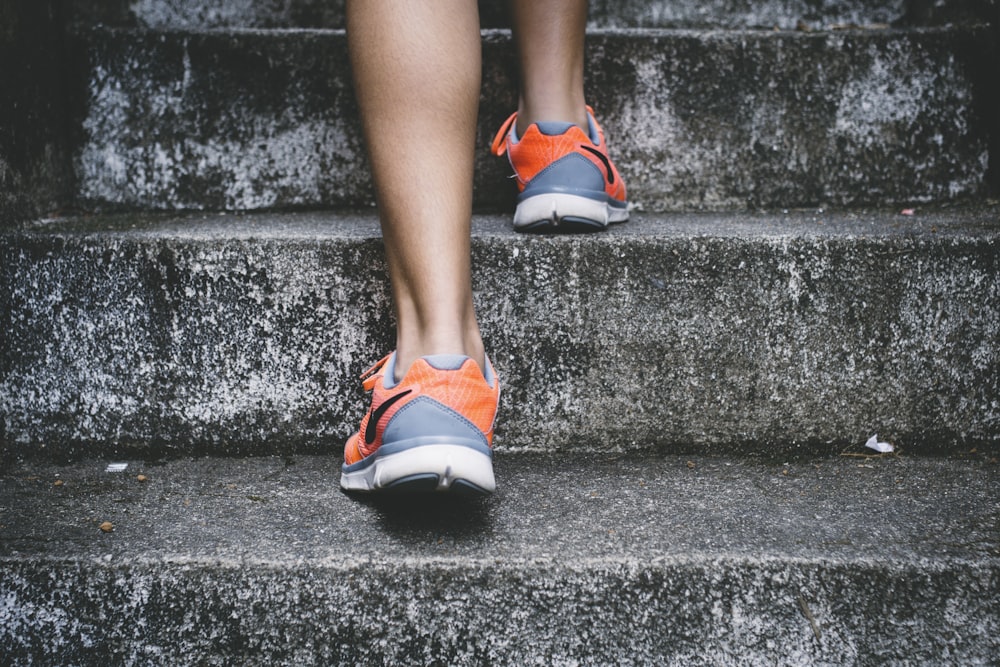Obstructive sleep apnea is a surprisingly widespread sleep disorder with significant health consequences. Left unchecked, it can contribute to heart disease, depression, type 2 diabetes, and more. While using a CPAP machine can go a long way in mitigating this disorder, there is no denying that other lifestyle changes can also make a difference.
Exercise, in particular, has been found to be a valuable method for preventing the onset of obstructive sleep apnea, while also reducing its severity among those who have already developed the disorder. A new study further cements just how important consistent exercise is for those who are at risk for — or already have — sleep apnea.
A New Sleep Apnea Study on Exercise vs. Sedentary Behavior

The new study, which was a collaboration between Brigham and Women’s Hospital and Harvard Medical School in Boston, MA, Johns Hopkins Bloomberg School of Public Health in Baltimore, MD, and others, focused on how an active lifestyle can affect a person’s likelihood of developing obstructive sleep apnea. The study looked at over 137,000 participants.
To make this analysis, researchers evaluated the amount of time participants spent in a wide variety of physical activities, including running, lifting weights, and swimming laps. This was contrasted with sedentary behaviors, such as working at a job that involves sitting at a desk all day, or watching TV.
The results make it clear that physical activity plays a major role in reducing the risk for obstructive sleep apnea. Those with less sedentary jobs were 49 percent less likely to experience sleep apnea. On the opposite end of the spectrum, people who watched four or more hours of TV per day were 78 percent more likely to develop sleep apnea than others.
While watching TV was found to have the strongest correlation with obstructive sleep apnea, the researchers believe that this is largely due to its correlation between obesity. Obesity is in and of itself a known risk factor for developing obstructive sleep apnea. At the same time, a sedentary lifestyle (including excessive TV watching) is likely to increase one’s risk for obesity.
In an interview with Medical News Today, Dr. Albert A. Rizzo of the American Lung Association adds, “This is a chicken-or-the-egg type of situation […] Many people with obesity have OSA, but does obesity lead to OSA, or does OSA contribute to obesity? I think you could argue either way.”
Exercise and Sleep

This study is far from the first to link exercise and sleep quality — including its impact on obstructive sleep apnea. The Sleep Foundation reports that roughly 60 percent of obstructive sleep apnea cases can be linked to obesity. Unsurprisingly, consistent exercise is one of the best ways to prevent unhealthy weight gain (especially when paired with a healthy diet).
However, the Sleep Foundation report also notes that people who exercise are more likely to report better sleep quality in general. Exercise improves sleep onset, meaning you will fall asleep faster after getting into bed. People who exercise less than once per week are actually more likely to experience insomnia, as well as sleeping fewer than six hours per night (adults should get between seven to nine hours of sleep each night).
Participating in moderate exercise can also stave off feelings of sleepiness during the day by helping the body produce endorphins and adrenalin. While exercise can help wake you up during the day, this extra activity ultimately makes it easier to sleep well at night.
For those who are at risk for obstructive sleep apnea, increasing your level of physical activity is essential for improving health. While getting back into the habit of exercise can be somewhat challenging, there are a few things you can do to become less sedentary.
- Set a timer to get up from your desk each hour. Short walking breaks will help you get extra steps in throughout the day. Many people also benefit from a stand-up desk that allows them to stand, rather than sit while at the office.
- Make exercise part of your daily routine. Write it in on your calendar, place an alarm on your phone — whatever it takes to slot active time into your schedule. Working out with an accountability partner can help you stick to your plan.
- Don’t rush. You may not be able to run a mile without stopping right away. That’s fine. Start by running for as long as you can, and then walking when you need to take a break. You will build up strength and endurance over time.
- Hydrate. Drink plenty of fluids before and after exercising to reduce the risk of injury.
- Talk to your doctor. If you have concerns about starting to exercise, your physician can offer a personalized plan to help you safely and appropriately become more active.
Improve Your Sleep Quality With Help Medical Supplies

If you’ve been diagnosed with obstructive sleep apnea, the use of CPAP equipment can make all the difference in helping you enjoy restful sleep. When you can wake up feeling refreshed in the morning, you’ll have more energy for exercise — making it that much easier to develop healthy habits that help you control your condition.
Of course, CPAP equipment can be quite costly, particularly if you don’t have adequate insurance coverage. This is where Help Medical Supplies can make a difference. We offer a wide range of CPAP and BiPAP machines at discounted prices, including equipment from leading brands like ResMed and Fisher & Paykel. We also provide free shipping on orders over $89, and financing on qualifying purchases through CareCredit.
By combining affordable CPAP equipment with healthy lifestyle changes, you can dramatically improve your sleep quality and overall wellness.

